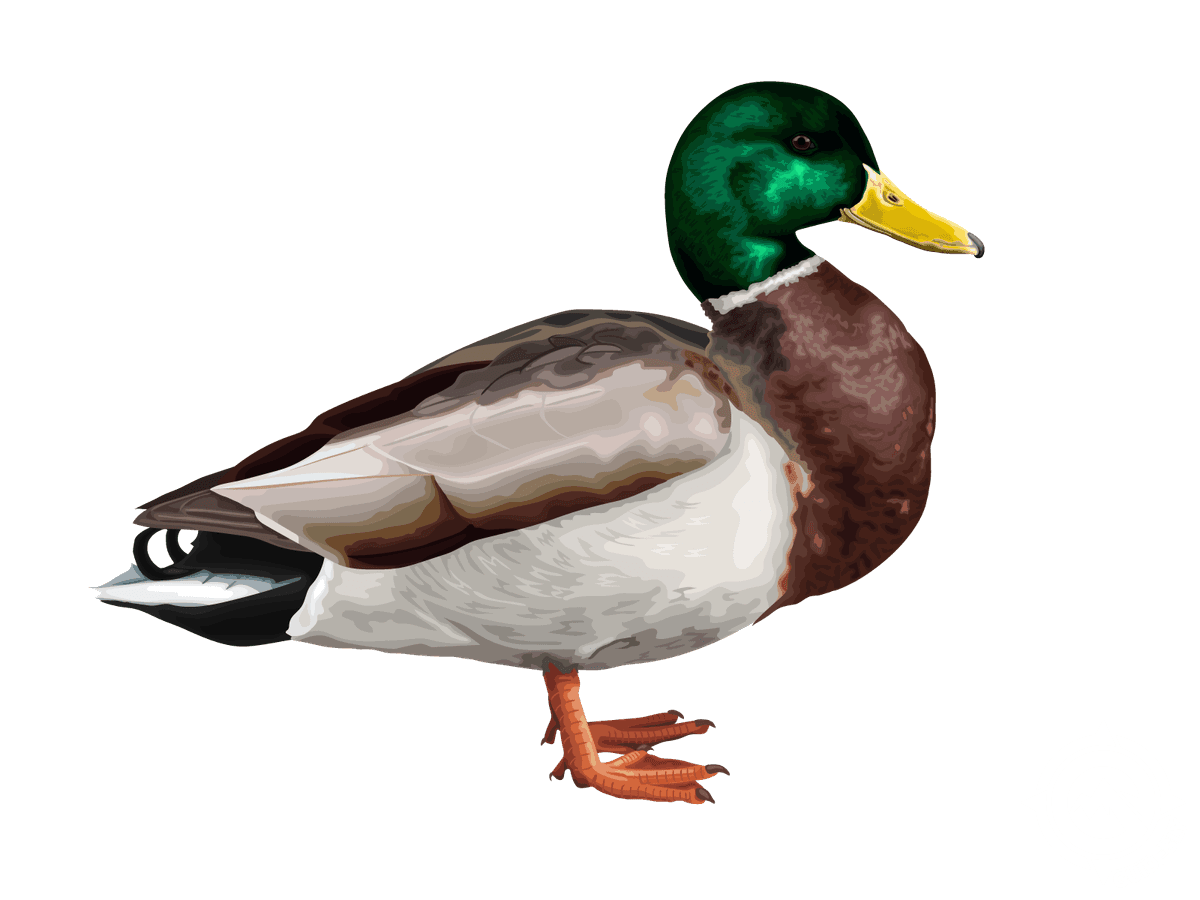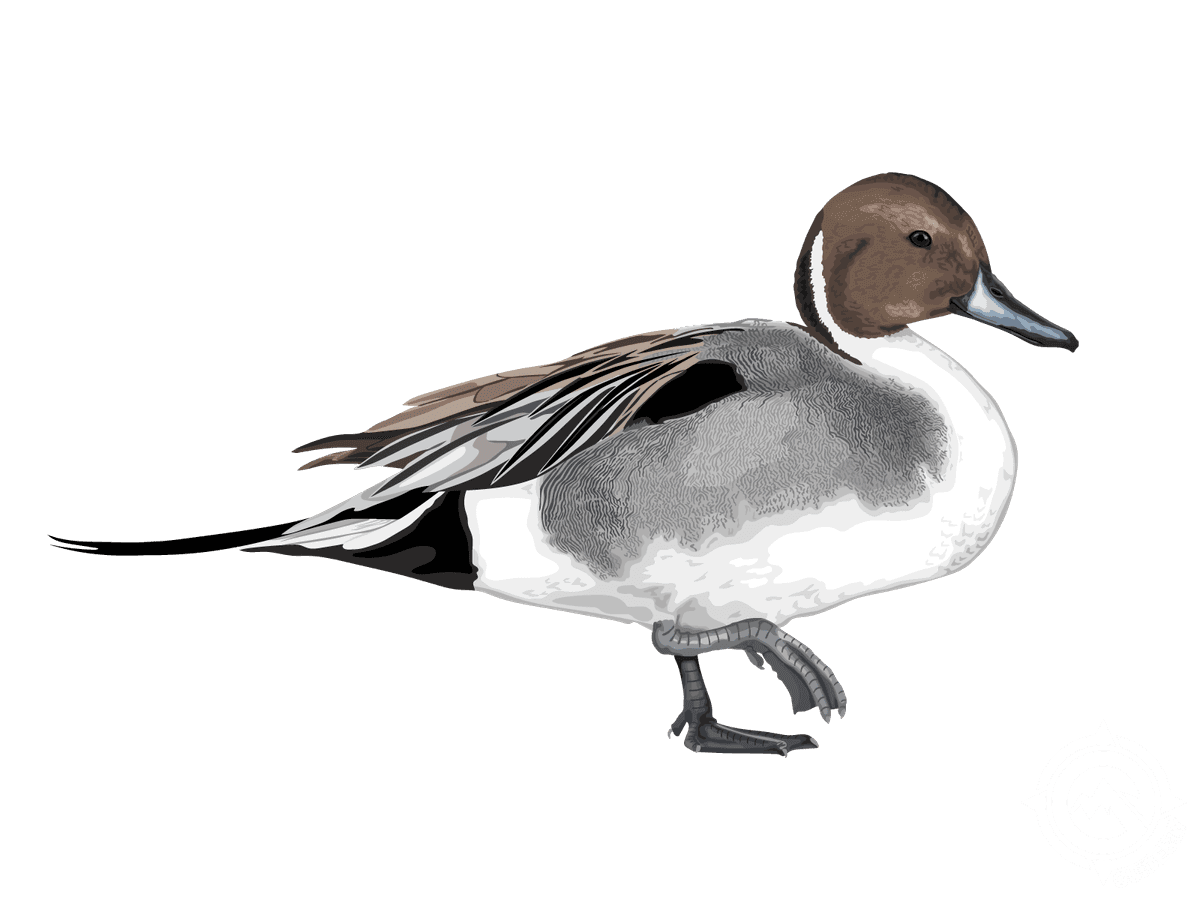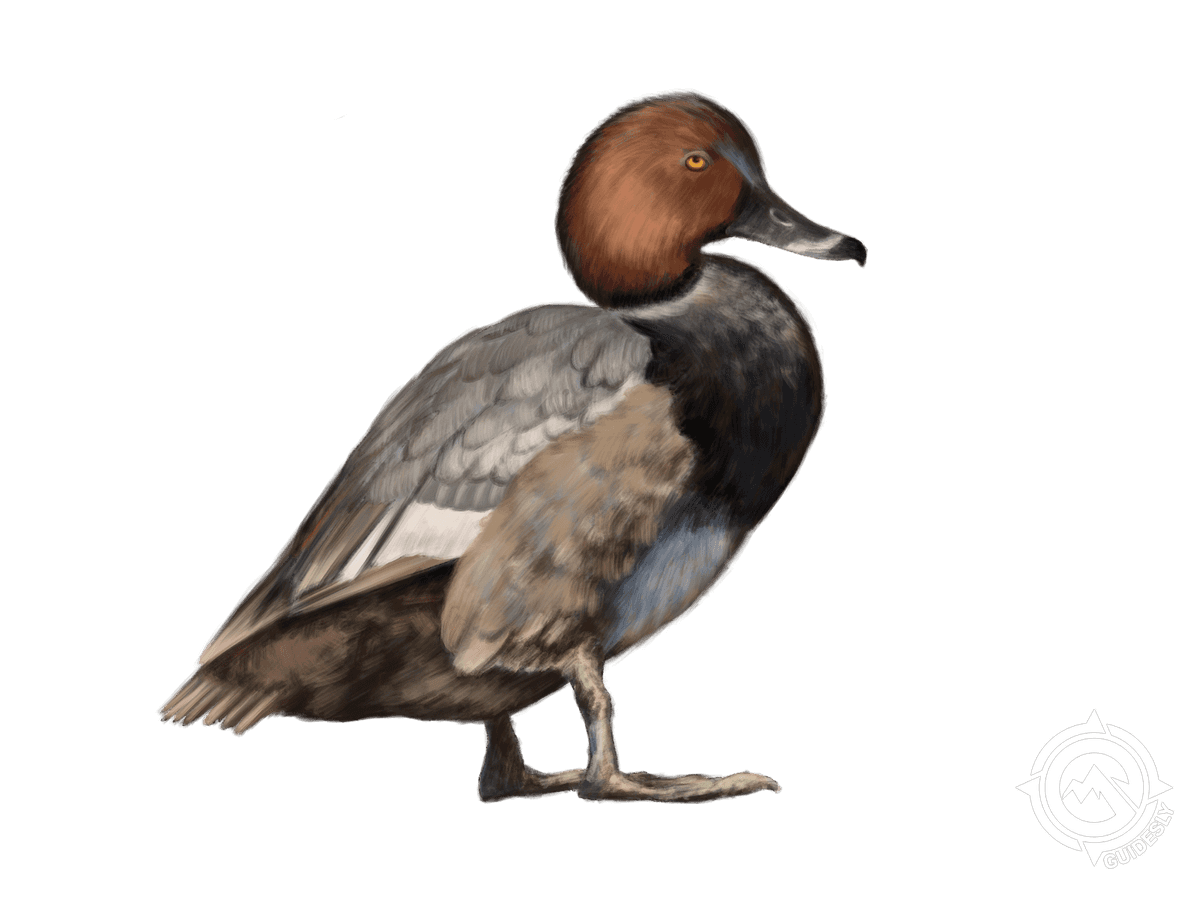Expert-Guided Texas Duck Hunting in Rockport
- Published Date: July 16, 2025
- Fishing
- Texas
- $450 - $600 price range
- Updated Date: October 26, 2025
Summary
%2F%2Fusers%2F5017cf4c-1b2a-4587-b753-b643a710506b%2Fratecard%2Funnamed-2.jpg&w=1200&q=75)
Ducks on the Water


Texas Duck Hunting: Bag Your Limit in Rockport
Ready to get your waders wet and experience some of the best duck hunting Texas has to offer? Our half-day guided trips in Rockport put you right in the thick of the action. We're talking prime coastal waters and marshes where the ducks are plentiful and the shooting's hot. Whether you're a seasoned waterfowler or new to the blind, our expert guides will set you up for success on these world-class hunting grounds.
Trip Rundown
Rise and shine, duck hunters! We kick off bright and early at 5 AM to catch that magical morning flight. You'll be out on the water until 11 AM, giving you a solid 6 hours to fill your strap. Our local guides know these waters like the back of their hand, so you'll be set up in the perfect spot to intercept birds as they come off the roost. We're talking about real deal Texas duck hunting here – no corn-fed park ducks, just wild birds that'll put your calling and shooting skills to the test.
Bring your own shotgun and shells (we recommend #4 shot for these coastal ducks), and don't forget your Texas hunting license and duck stamp. Non-toxic ammo is a must out here to keep our waters clean and our ducks healthy. We'll provide the boat, decoys, and all the local knowledge you need to have a successful hunt. Just remember to dress for the weather – it can get chilly out on the water in the early morning!
Blinds, Boats, and Birds
Hunting these coastal waters is a whole different ballgame from your typical flooded timber or corn field setup. We use a mix of boat blinds and pop-up blinds, depending on the conditions and where the birds are working. You might find yourself hunkered down in the reeds of a shallow marsh or set up on the edge of a bay, with decoys bobbing all around.
Our guides are pros at reading the wind and setting up the spread to bring those birds right into your lap. We'll work together to call in the ducks, and when that flock locks up and starts cupping in, it's go time. There's nothing quite like watching a group of wigeon or pintails dropping into the decoys with their wings set – it's the kind of sight that keeps waterfowlers coming back year after year.
Duck Talk
Ask any hunter who's been out with us, and they'll tell you – our guides know their stuff. We're not just here to put you on birds; we're here to share our passion for waterfowling and help you become a better hunter. You'll learn how to ID ducks on the wing, perfect your calling technique, and pick up tips on concealment and shot placement that'll serve you well long after your trip with us is over.
Target Birds Breakdown
Mallards: The king of ducks, these big, beautiful greenheads are a prize for any hunter. While not as common here as in other parts of the country, when you do bag a Texas mallard, it's something special. They're wary birds that'll test your calling skills, but there's nothing like watching a big drake mallard drop into the decoys with those orange feet out.
Redheads: These diving ducks are a staple of coastal Texas hunting. They're fast flyers that often come in big groups, giving you plenty of shooting opportunities. Redheads are known for their distinctive rusty-red heads and gray bodies. They're excellent table fare, too – perfect for a post-hunt feast.
Northern Pintails: Sleek and graceful, pintails are often called the "greyhounds of the air" for their speed and agility. The drakes, with their long, pointed tails and chocolate-brown heads, are some of the most striking ducks you'll see. They're challenging to decoy, making them a favorite among experienced hunters.
Gadwall: Don't let their plain appearance fool you – gadwalls are smart, fast, and make for great sport. These "gray ducks" might not be as flashy as some other species, but they're abundant in our area and will give you plenty of action. Look for their distinctive white speculum when they're on the wing.
American Wigeon: Also known as "baldpates" for the drake's white crown, wigeon are lively ducks that often travel in large flocks. They're known for their distinctive whistling call and their tendency to "rob" other ducks by stealing food. Wigeon are fast flyers and excellent eating, making them a favorite among many hunters.
Book Your Blind
If you're itching to get out on the water and experience some top-notch Texas duck hunting, now's the time to lock in your spot. Our half-day trips are perfect for fitting a hunt into a busy schedule, and with a max of two hunters per guide, you're guaranteed plenty of personal attention and shooting opportunities. Don't let another season pass you by – grab your waders, your shotgun, and come join us for a morning of fast action and full straps in the duck-rich waters of Rockport, Texas. The birds are flying, the blinds are set, and we're ready to put you on some of the best duck hunting you've ever experienced. Let's make it happen!
Learn more about the animals
American Wigeon
American Wigeons, often called "baldpates" for the white crown on males, are compact ducks with a distinctive whistle. They prefer shallow waters and are often seen grazing on shoreline vegetation. Wigeons are fast, agile flyers known for their erratic flight patterns, which can make them challenging targets. We see good numbers here from fall through spring. Hunters enjoy pursuing Wigeons for their sporty flight and the satisfying 'whew-whew' call of the drakes. They're also highly regarded for their delicious, mild-flavored meat. To attract Wigeons, we'll use a mix of decoys including some on land, as they often feed on shore. A useful trick: Wigeons are social and attracted to other species, so adding a few pintail decoys to your spread can increase your chances of drawing them in.

Gadwall
Gadwalls might look plain at first glance, but don't let that fool you. These medium-sized ducks have subtle beauty with intricate feather patterns. They're often found in shallow marshes and ponds with lots of vegetation. Gadwalls are late migrators, so we see the best numbers in mid to late winter. They're known for their habit of 'kleptoparasitism' – stealing food from diving ducks – which can make for some interesting hunting scenarios. Hunters appreciate Gadwalls for their challenging flight patterns and excellent table fare. They're not as responsive to calls as some other ducks, so we rely more on decoy spreads to bring them in. A local secret: mix in some white decoys with your spread. Gadwalls are often attracted to the contrast, mistaking them for American Wigeon, which they frequently associate with.
Mallard
Mallards are your classic duck, weighing in around 2-3 pounds with that iconic green head on the males. You'll find these adaptable birds just about anywhere there's water – ponds, marshes, even flooded fields. They're most active at dawn and dusk, so our early starts pay off. Mallards are strong flyers and can be a bit wary, making them a fun challenge. They respond well to calls and decoys, so we'll set up where they like to feed and rest. Fall and winter are prime time as they migrate through. Hunters love 'em for their size, widespread availability, and how good they taste on the table. A local trick? Pay attention to the wind. Mallards prefer to land into it, so position yourself accordingly for the best shot opportunities.

Northern Pintail
Northern Pintails are sleek, elegant ducks with long necks and pointed tails. Males sport a distinctive white stripe up their necks. These fast flyers prefer shallow wetlands and flooded fields, often seen dabbling for food in just inches of water. Pintails are early migrants, so we see good numbers from fall through winter. They're known for their wariness and sharp eyesight, making them a prized target for experienced hunters. Their acrobatic flight and tendency to circle high above decoys before committing adds to the excitement. Pintails are also highly regarded for their mild, delicious meat. A tip for hunting these smart birds: use a mix of pintail and mallard decoys, and don't overcall – they're more attracted to subtle, realistic sounds.

Redhead
Redheads are medium-sized diving ducks, known for their rusty-red heads and blue-gray bills. These birds love the open water, often found in large rafts on coastal bays and estuaries. They're strong flyers but have a predictable flight pattern, usually sticking to the same routes day after day. Winter's the best time to hunt them here in Rockport as they migrate down from the north. Redheads are particularly fun to hunt because they often come in fast and low over the water, giving you some exciting shooting. They're also considered one of the best-tasting ducks out there. To up your chances, we'll set decoys in a J-pattern with the hook facing into the wind. Redheads like to land in the curve, so that's where we'll focus our attention.

%2Ffit-in%2F250x250%2Fguide_websites%2F14262%2Fimages%2F1712356549938shallowwatersafarisbc_page-0001.jpg&w=1200&q=100)
%2Fusers%2F5017cf4c-1b2a-4587-b753-b643a710506b%2Fimages%2Frockport-fishing-expedition-2391.png&w=768&q=75)
%2Fusers%2F5017cf4c-1b2a-4587-b753-b643a710506b%2Fimages%2Frockport-fishing-hunting-2269.png&w=768&q=75)
%2Fusers%2F5017cf4c-1b2a-4587-b753-b643a710506b%2Fimages%2Frockport-fishing-hunting-adventure-2317.png&w=768&q=75)
%2Fusers%2F5017cf4c-1b2a-4587-b753-b643a710506b%2Fimages%2Fbest-great-spotted-weakfish-rockport-2534.png&w=768&q=75)
%2Fusers%2F5017cf4c-1b2a-4587-b753-b643a710506b%2Fimages%2Frockport-fishing-hunting-catch-2490.jpg&w=768&q=75)
%2Fusers%2F5017cf4c-1b2a-4587-b753-b643a710506b%2Fimages%2Ffisherman-thrilling-tx-catch-2585.jpg&w=768&q=75)
%2Fusers%2F5017cf4c-1b2a-4587-b753-b643a710506b%2Fimages%2Fdusky-smooth-hound-tx-fishing-2620.jpg&w=768&q=75)
%2Fusers%2F5017cf4c-1b2a-4587-b753-b643a710506b%2Fimages%2Ffisherman-texas-triumph-2319.png&w=768&q=75)
%2Fusers%2F5017cf4c-1b2a-4587-b753-b643a710506b%2Fimages%2Ffishing-hunting-rockport-2301.jpg&w=768&q=75)
%2Fusers%2F5017cf4c-1b2a-4587-b753-b643a710506b%2Fimages%2Flone-fisherman-successful-adventure-2371.png&w=768&q=75)
